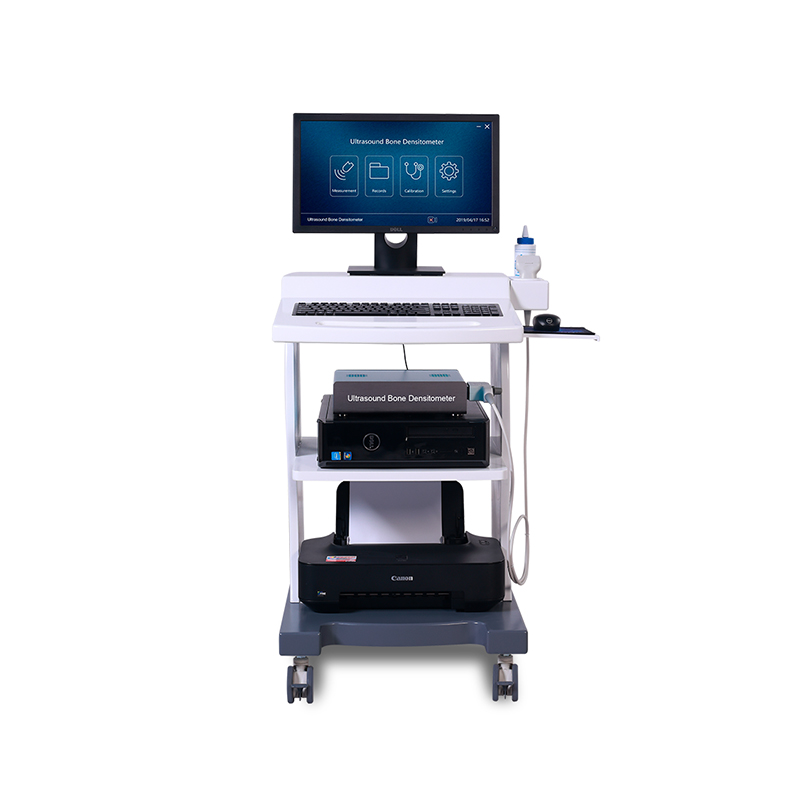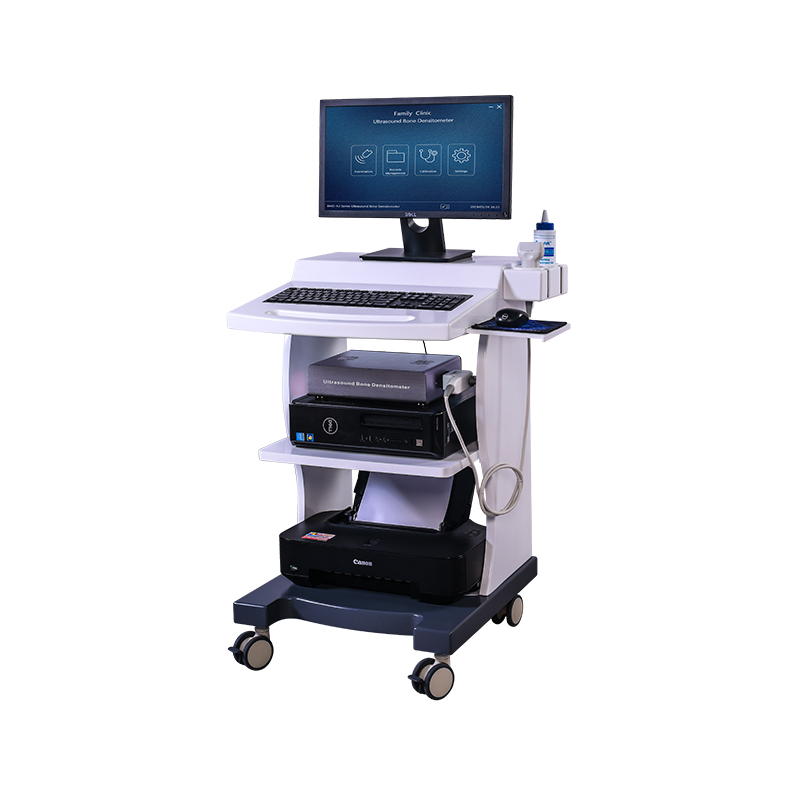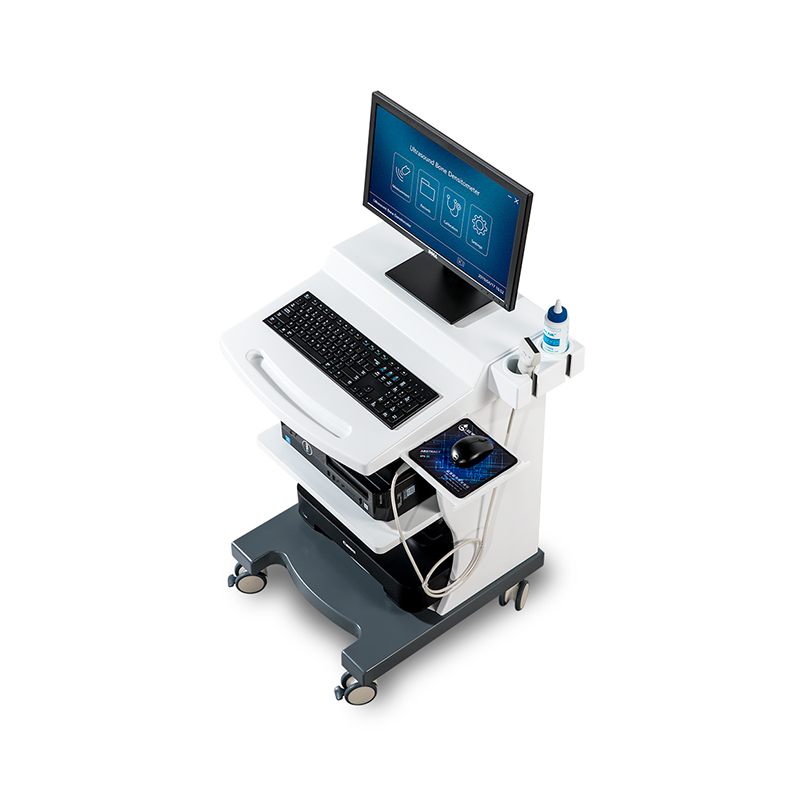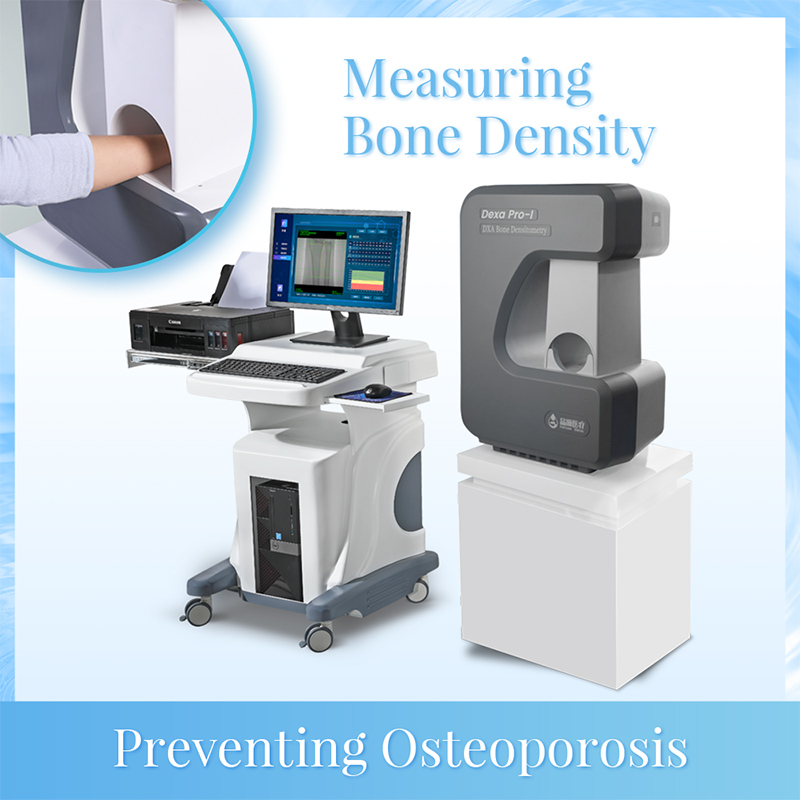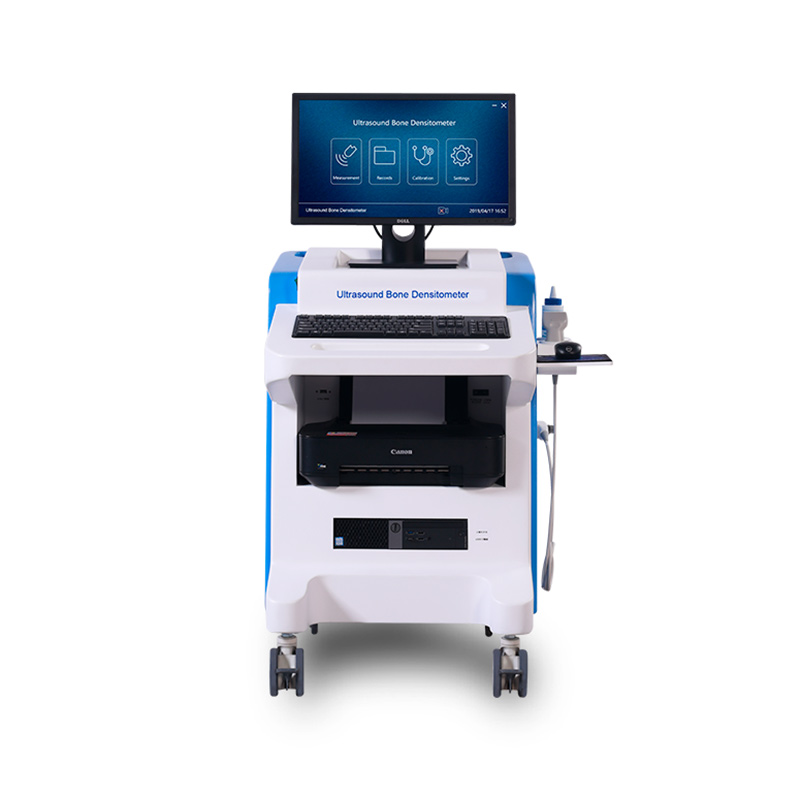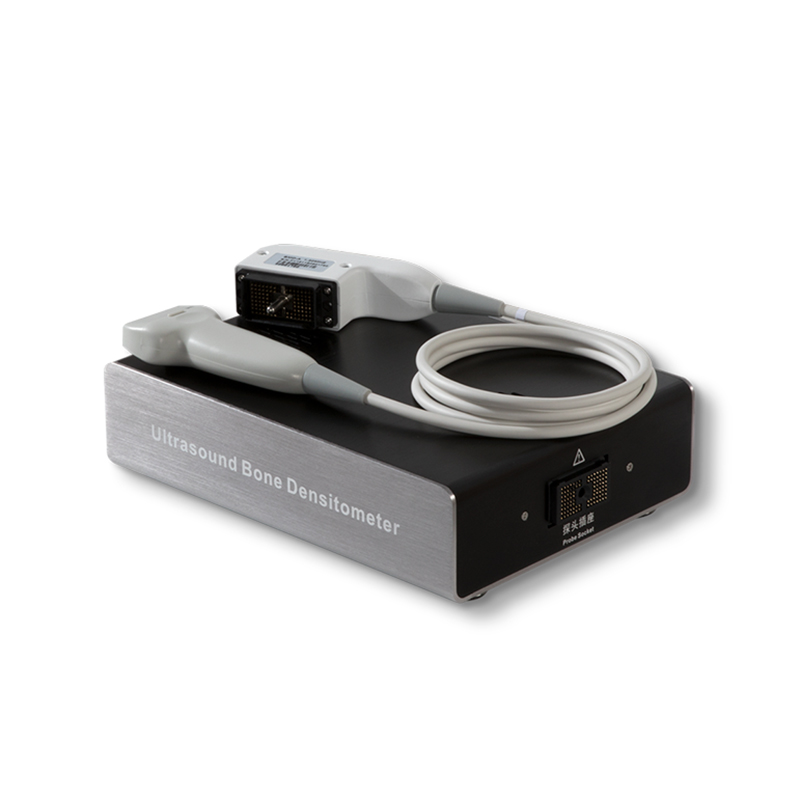Ultrasonic Bone Densitometer BMD-A1 Assembly NS
Application Range
Our Ultrasound Bone Densitometry always used for Maternal and Child Health Centers, Geriatric Hospital, Sanatorium, Rehabilitation Hospital, Bone Injury Hospital, Physical Examination Center, Health Center, Community Hospital, Pharmaceutical factory, Pharmacy and Health Care Products Promotion.
The Department of the General Hospital, Such as
Pediatric Department,
Gynecology and Obstetrics Department,
Orthopedics Department,
Geriatrics Department,
Physical Examination Department,
Special Measuring Parts



Features And Advantages
Ultrasound Bone Densitometry have low investment and benefit.
The advantages as following:
1.Low Investment
2.High-usage
3.Small limitation
4.Fast return, no consumables
5.High benefit
6.Measurement parts: Radius and Tibia.
7.The probe adopts American DuPont technology
8.The measurement process is simple and fast
9.High measurement speed, short measurement time
10.High Measurement Accuracy
11.Good Measurement Reproducibility
12.it with different countries clinical database, including: European, American, Asian, Chinese,
13.WHO international compatibility. It measuring the people between the age of 0 and 120.(Children and Adult)
14.English menu and Color Printer report
15.CE Certificate, ISO Certificate, CFDA Certificate, ROHS, LVD, EMC-Electro Magnetic Compatibility
Applications
Our BMD-A1 Assembly ultrasound Bone Densitometer with Wide application: hospital , pharmaceutical factory, Nutritional product manufacturer, The baby store.



Demystifying Bone Density
Bone is one of the most durable natural materials in the world. It is, when measured by weight, even stronger than steel, and can withstand as much compressive force as a block of concrete. A cubic inch of bone can, in theory, bear the weight of over 17,000 pounds. Unlike a solid concrete block or a steel beam, however, bone is significantly lighter.
If your bones were made of steel, for example, the energy needed just to walk a short distance would be staggering, and running would be all but impossible. But thanks to an original natural structure, human bones provide us with both physical protection and a resilient frame for our soft tissues. In fact, our bones are not inanimate structures, like concrete or steel, but instead living tissues and organs, albeit hard tissues and organs.
Bone is not solid. Instead, it is composed of a sturdy matrix mostly consisting of collagen and salts. In fact, if you were to peer into a bone with a magnifying glass or microscope, you would see a fine superstructure of spongy material encased in a hard outer layer of cortical bone.
"For patients and individuals who suspect that they may have osteoporosis, it is essential to get a bone density test."
--- DR. CRISTIN DICKERSON, MD
6 Factors Affecting Bone Density

1. Lifestyle choices
Science shows that those who opt for a sedentary lifestyle may suffer from lower density bones.
2. Diet
Diet is just as important for bone health as it is for overall body wellbeing. Consuming enough calcium and phosphate is critical for maintaining good bone health. In fact, 99 percent of the vital mineral calcium is found exclusively in the bones and aids in mineralization.
3. Genes
Like many diseases and conditions, genetics plays a crucial role in determining an individual's natural bone density and risks of developing bone disease. Osteoporosis, in particular, has a strong genetic component determined by several distinct genes.
4. Gender
The unfortunate case is that women naturally have less dense bones than men in general and are thus more prone to developing osteoporosis.
5. Age
Osteoporosis and other bone density-related diseases are particularly prevalent in women over the age of 50 and men over 65. In fact, bone density typically peaks at around age 30, which means that after 30 most people’s bones begin to thin.
6. Tobacco & Alcohol
In case you needed another reason to quit or abstain from both tobacco or alcohol, both are particularly bad for your bones. Both smoking and consuming alcohol leads to a thinning of the bones and, as a result, weaker bones are more prone to breakage.
Packing

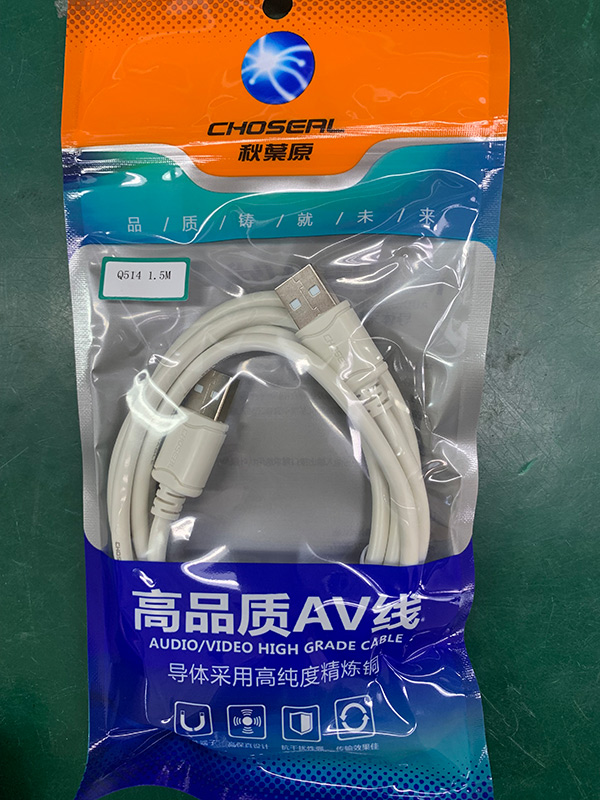
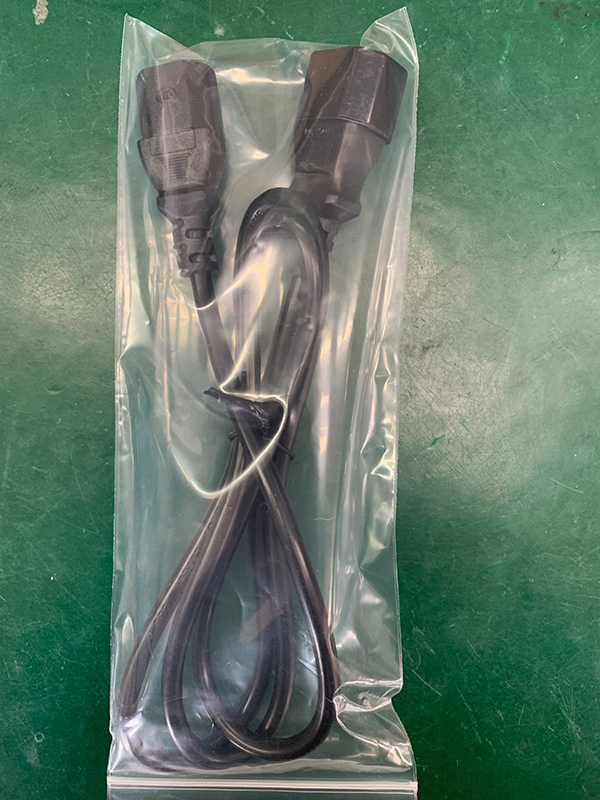
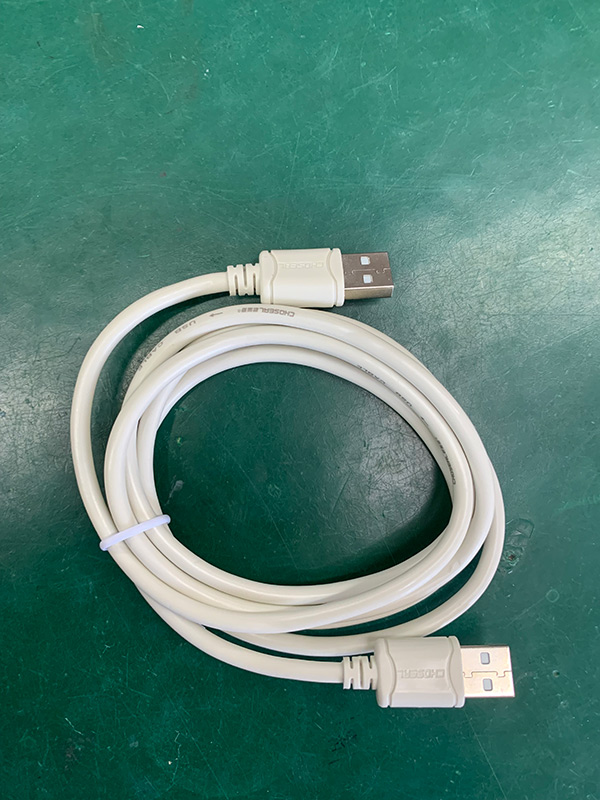
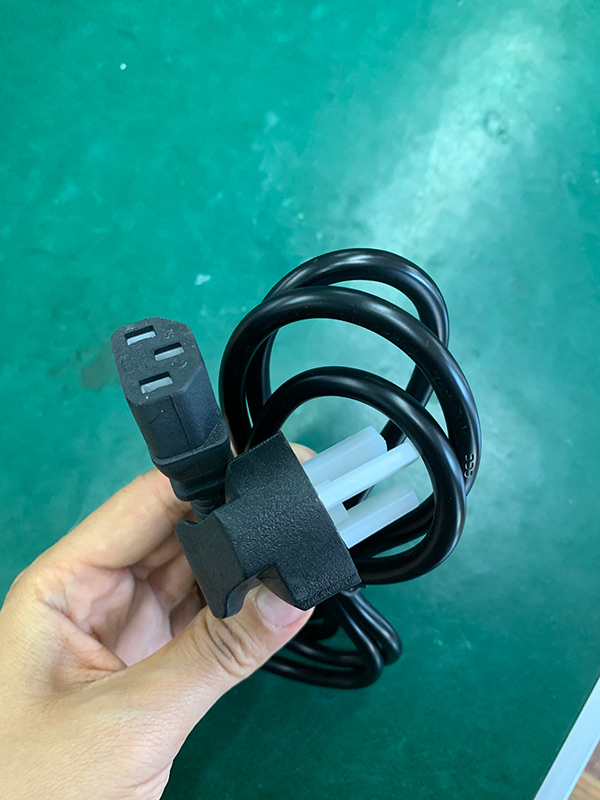
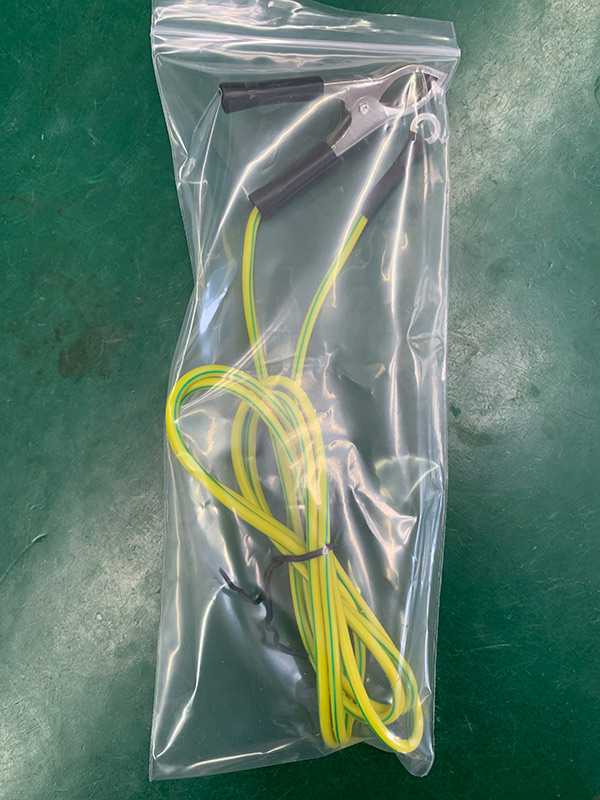
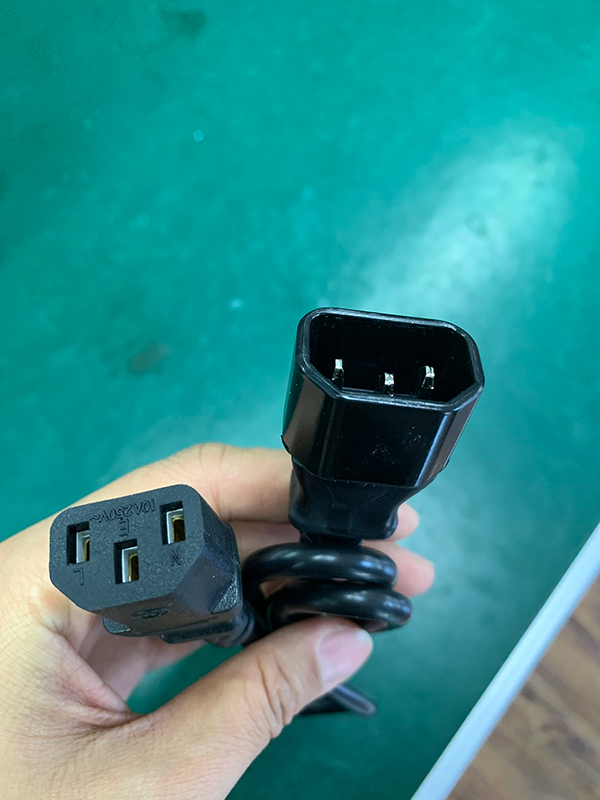
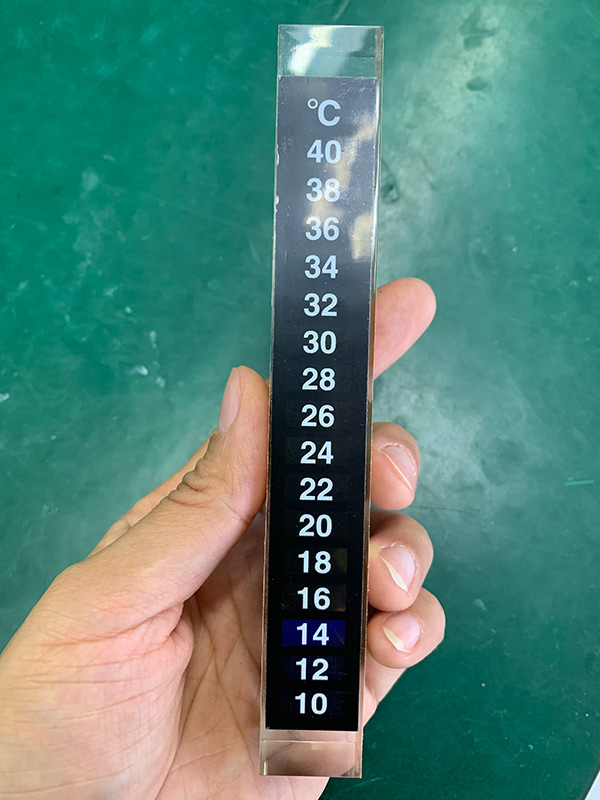
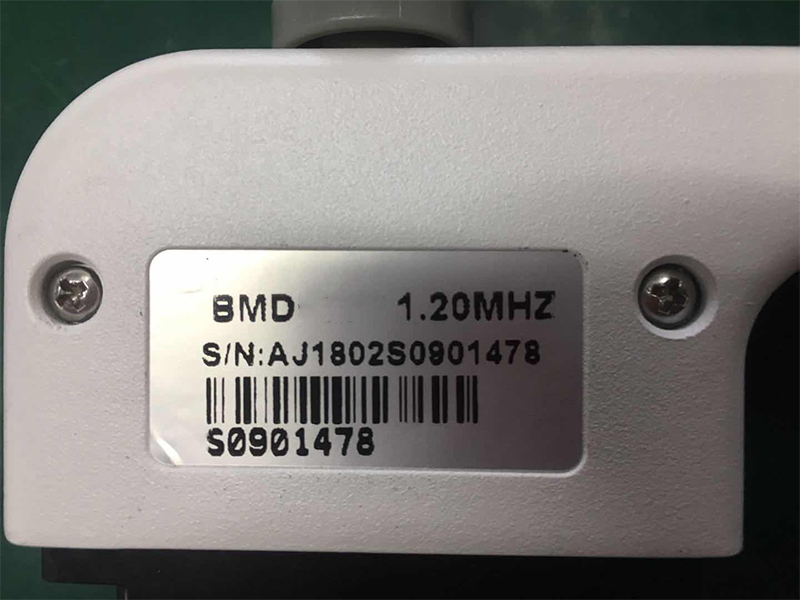
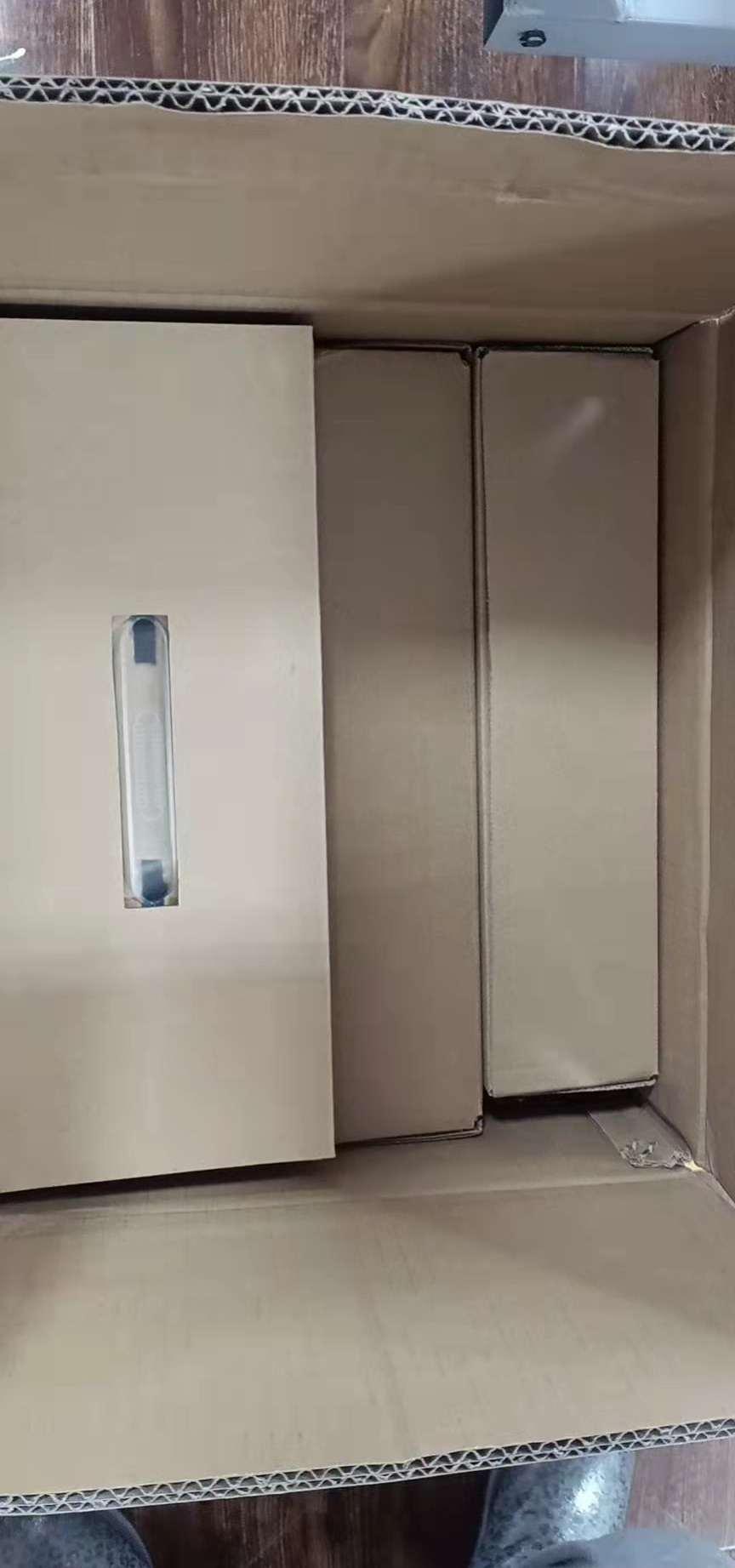

There is BMI, T Score, Z Score, SOS, PAB, BQI, Adult pct, EQA, RRF, Age Pct. On the BMD Report

